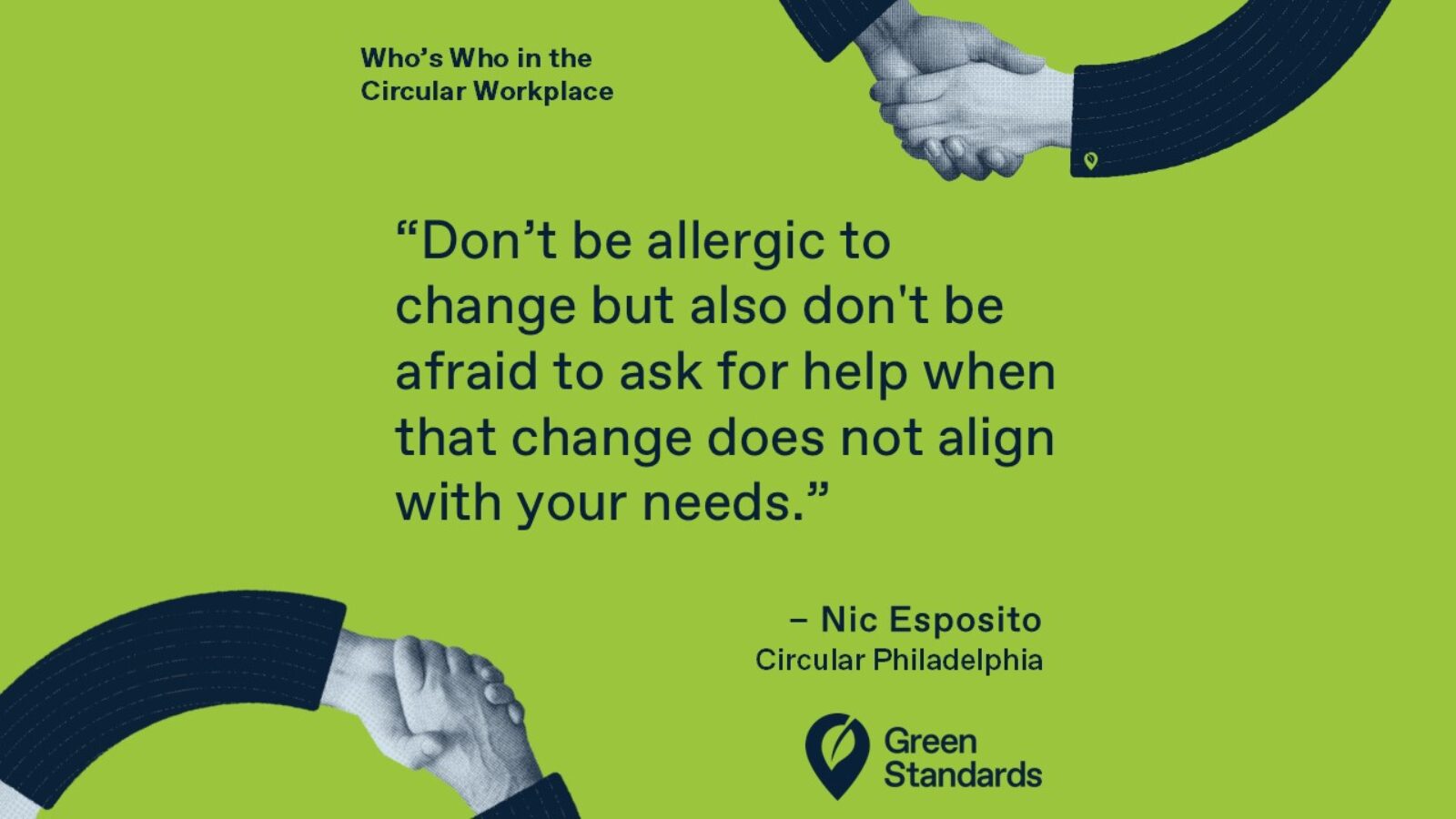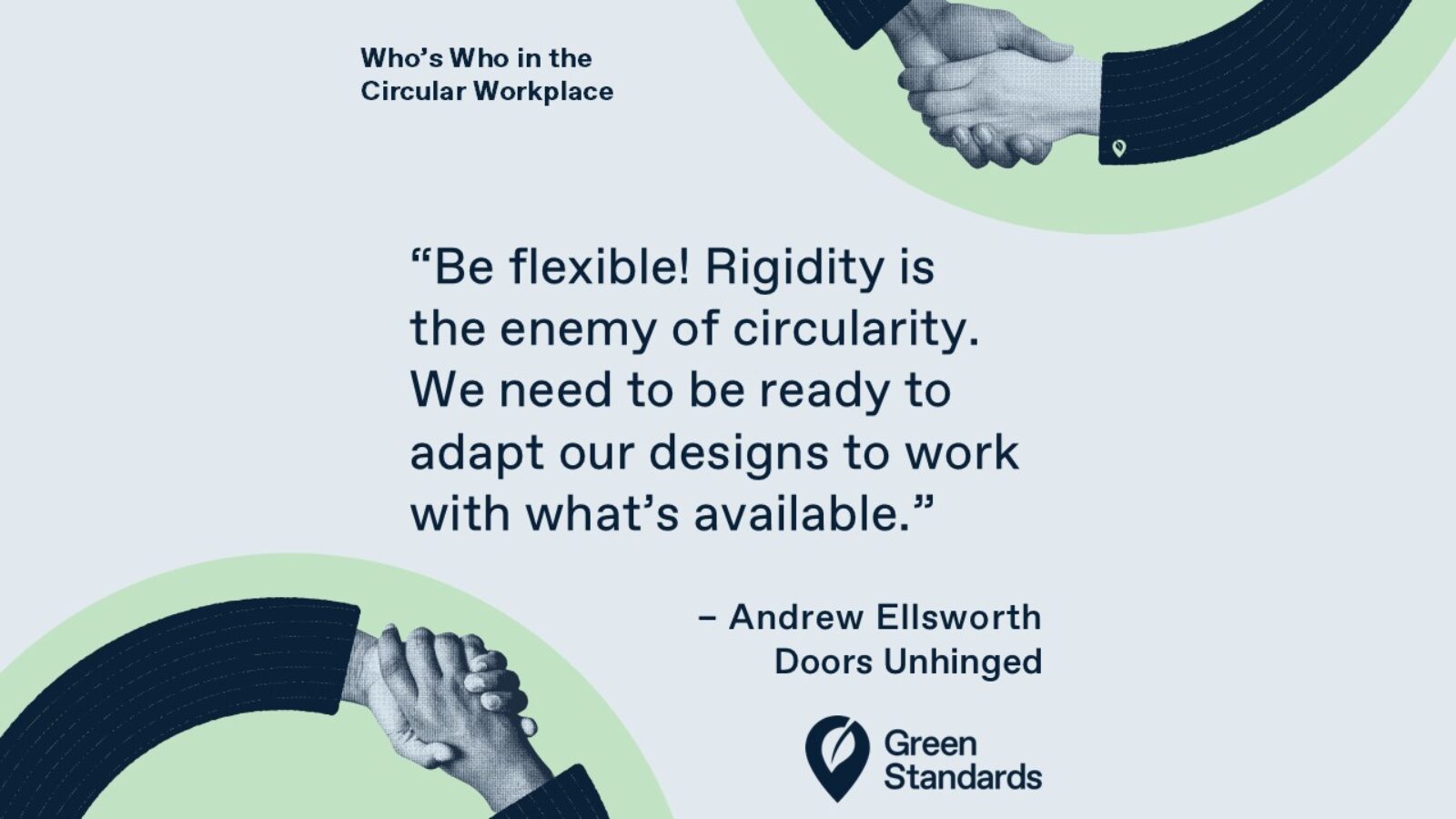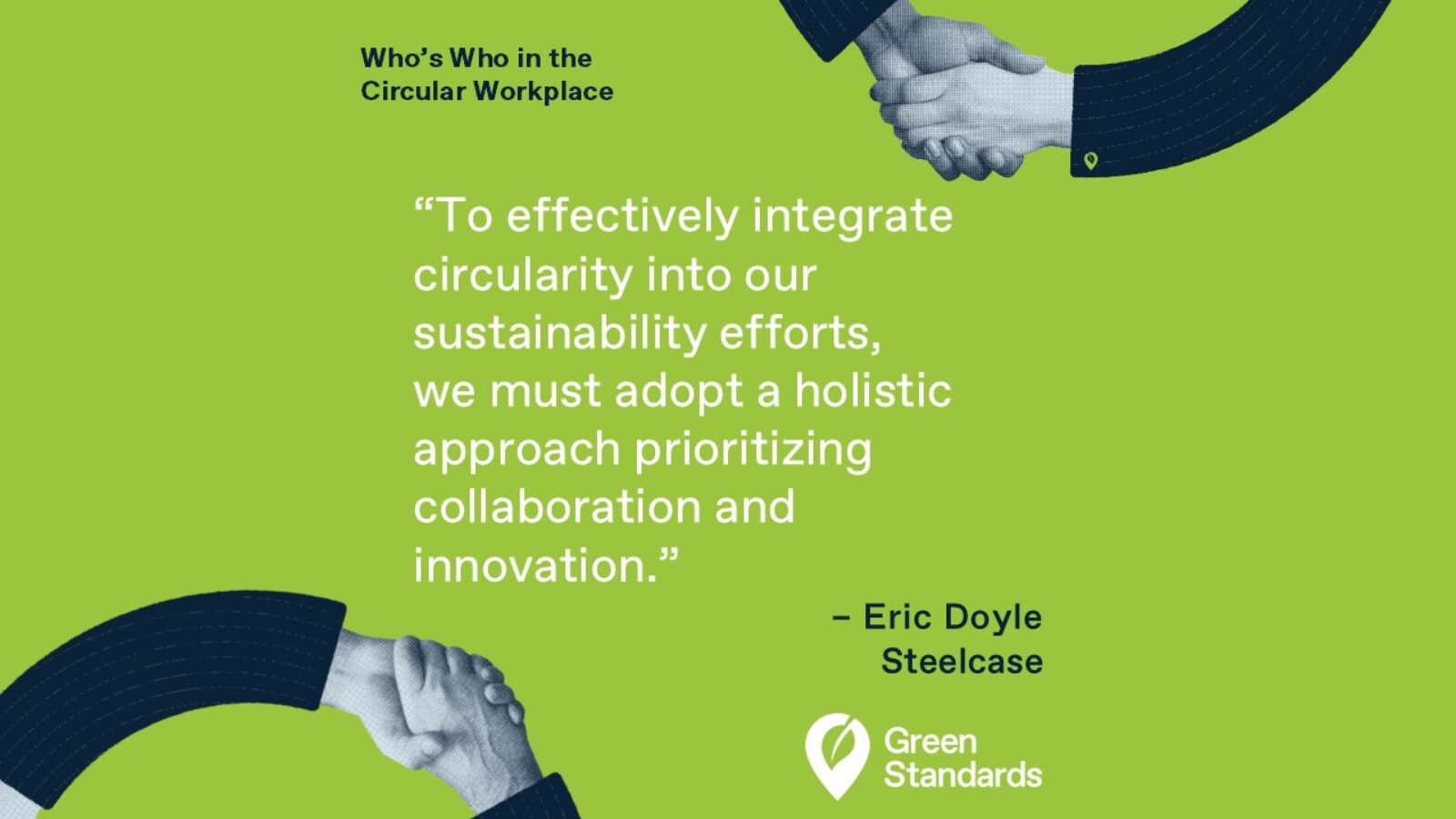
Who’s Who in the Circular
Workplace
A circular workplace is a zero-waste office – but it’s also something much bigger. We’re building a global movement to rethink how work works.
PRINCIPLES OF THE CIRCULAR WORKPLACE
1. Design out waste.
2. Circulate furniture, fixtures, and equipment at their highest value.
3. Regenerate the natural and built environment.


























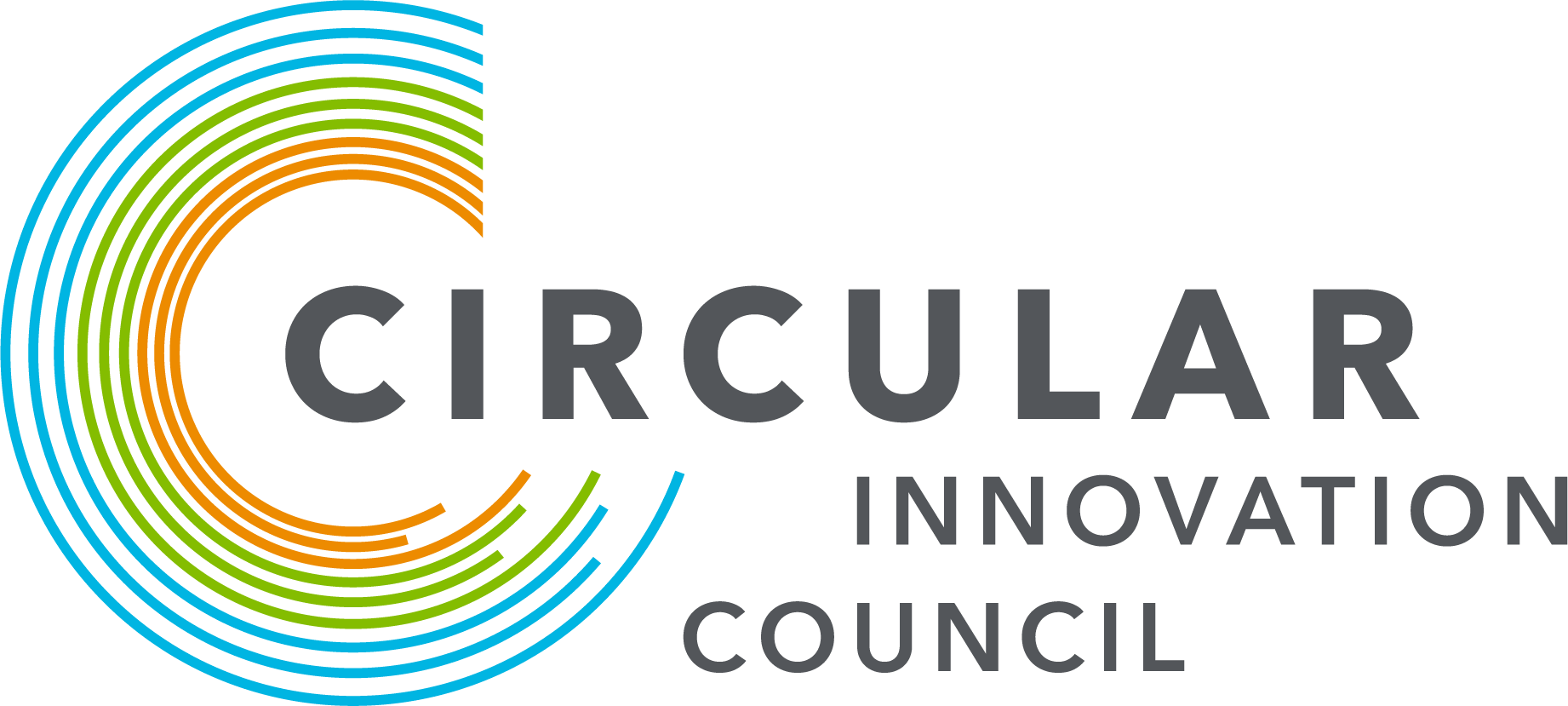




















In our second-annual Circular Workplace report, more than 75 contributors share what you can do to build the zero-waste office:
- Corporate Real Estate Executives
- Architects
- Workplace Strategists
- Designers
- Furniture Manufacturers
- Facility Managers
- Remanufacturers
- Circularity Champions
A corporate real estate professional steers the company’s property strategy, handling acquisitions, leases, and sales to boost business outcomes. By strategically aligning properties with company goals – including sustainability initiatives and benchmarks – they keep costs in check and maximize portfolio value.
What Corporate Real Estate Executives can do
- Incorporate reuse into long-term planning.
- Track disposition outcomes across the portfolio
- Ensure those numbers end up in sustainability reporting. The more digital your business operations, the more your real estate footprint matters to your overall emissions.
Architects specializing in circular design for corporate real estate create adaptable spaces that minimize environmental impact and maximize resource efficiency. They employ strategies like modular construction and recyclable materials to ensure buildings can be easily modified or deconstructed, extending their useful life and reducing waste in the long term.
What Architects can do
- Create buildings that are adaptable to changing uses over time. Flexible floor plans, modular partitions, and adaptable infrastructure allow for easier renovations and prolong the building’s useful life.
- Repurpose existing structures instead of building new, incorporating existing assets and reducing the need to extract virgin materials.
- Understand the full environmental impact of materials from extraction to disposal and prioritize materials and methods with low embodied carbon.
- Collaborate with engineers, builders, and sustainability consultants to incorporate circular strategies throughout the project lifecycle, from design to decommissioning.
- Plan for the eventual deconstruction of buildings, allowing materials and components to be recovered and reused instead of demolished and landfilled.
A workplace strategist designs and optimizes office spaces to enhance productivity and employee wellbeing while minimizing waste. They analyze work patterns and company needs to implement flexible work solutions and ensure the space aligns with business goals.
What Workplace Strategists can do
- Educate and influence others in the value chain
- Be an internal advocate or ally
- Leverage existing products that can still be reused, like task seating or ancillary items, and strategize ways in which to reuse as a first option
Designers have a significant influence on promoting circularity by shaping products, spaces, and systems that prioritize resource efficiency, longevity, and reuse. If workplace waste is just a resource in the wrong place, designers are in the right place to fix that.
What Designers can do
- Prioritize existing assets or reused assets, either through direct reuse or remanufacturing.
- Leverage your influence over customer decisions to promote circular solutions, including reuse and end of life strategies to keep assets in use for longer.
- Specify products that implement circular design strategies like increased recycled content, durability, products that have repairability, ease of disassembly, and can be reconfigured for longer use.
The modern office was created by furniture manufacturers, and they’re in the midst of recreating it as a regenerative, circular space. Make no mistake: It’s a huge challenge that requires rethinking design thinking, supply chains, and business models. But every major company knows that the future of their industry is circular.
What Furniture Manufacturers can do
- Design products with end-of-use in mind, considering repairs and reuse. Design for disassembly is a starting point, but we need to get to design for reassembly.
- Consider more reuse in components, using either recaptured parts or more recycled content
- Partner with service providers who can help capture products at end-of-life, and keep them in use for longer through donation, resale, or remanufacturing.
A facilities manager holds the keys to the castle, overseeing the maintenance and operations of buildings and grounds to ensure they run smoothly. They also coordinate with vendors and contractors to handle equipment, renovations, and upgrades efficiently. FMs keep things running, and that’s why they’re ideally positioned to make things run in circles.
What Facility Managers can do
- Establish a network of service providers for repairs, refurbishment, and sustainable decommissioning to support office changes at an enterprise level.
- Collaborate with your network to create a clear business case, including return on investment, case studies, or pilot programs.
- Assess your existing inventory and plan for future needs during office transitions to align with circularity goals.
- Enhance energy performance by retrofitting buildings, maintaining systems, and using renewable energy to reduce resource consumption and operational costs.
- Educate teams like finance or corporate real estate on the benefits of circularity to gain broader support and understanding.
No industry is better positioned in the circular workplace than remanufacturing. By restoring used furniture to a nearly new condition, this process can save money, eliminate waste, and dramatically decrease emissions. The key is planning ahead and demonstrating the financial, social, and environmental value.
What you can do
- Partner with companies to provide take-back services for unused furniture, refurbishing items to extend their life and reduce waste while cutting disposal costs.
- Educate and collaborate with facility managers to showcase the cost savings, environmental
benefits, and customization potential of remanufactured furniture, making it a priority in workplace upgrades. - Provide third-party verified metrics on carbon savings and material reuse, helping companies meet sustainability targets and demonstrate environmental responsibility.
While the roles outlined above cover much of the modern workplace, champions both internal and external are vital to make circularity happen. To design out waste, promote reuse, and regenerate the natural and built environment, it is imperative to make the business case for a circular workplace.
What Circularity Champions can do
- Bottom line up front! Make a financial case first by emphasizing the cost savings or new business opportunities that come with adopting circular practices. If there isn’t a direct financial benefit, focus on indirect benefits like sales differentiators or the long-term cost of carbon or social benefits. The world’s largest companies report almost $1 trillion at risk from physical climate impacts and $250 billion in potential losses from stranded assets. Climate risk is translating into financial risk in real time.
- Align with corporate sustainability goals, such as reducing carbon footprints or achieving zero waste targets. All major companies have them, but few are realistically on track to meet them – a recent PwC report
found nearly every major sector except for technology is set to fall short. Net zero emissions by 2030 (or 2040, or 2050, but hopefully not beyond that!) are impossible without circularity. - Point to the market! Position circular practices as a way to enhance brand loyalty, attract talent, and build a positive corporate reputation. Circular business models are becoming a key differentiator.

A circular workplace is a zero-waste office – but it’s also something much bigger. This inaugural report is a snapshot of a global movement that’s rethinking how work works.
The goal is to design out waste, recirculate furniture, fixtures, and equipment at their highest value, and regenerate the natural and built environment.
Download the free reports now

Soft-selling circularity
Soft-selling circularity

Shorter lease, greener lease?
Shorter lease, greener lease?

The August Roundup: Embodied and underreported
The August Roundup: Embodied and underreported

The July Roundup: Who’s who? You!
The July Roundup: Who’s who? You!

The June Roundup: Carbon conundrums
The June Roundup: Carbon conundrums

The May Roundup: Circularity in Chicago
The May Roundup: Circularity in Chicago

The April Roundup: From Brussels with data
The April Roundup: From Brussels with data

The March Roundup: Reverse office logistics
The March Roundup: Reverse office logistics
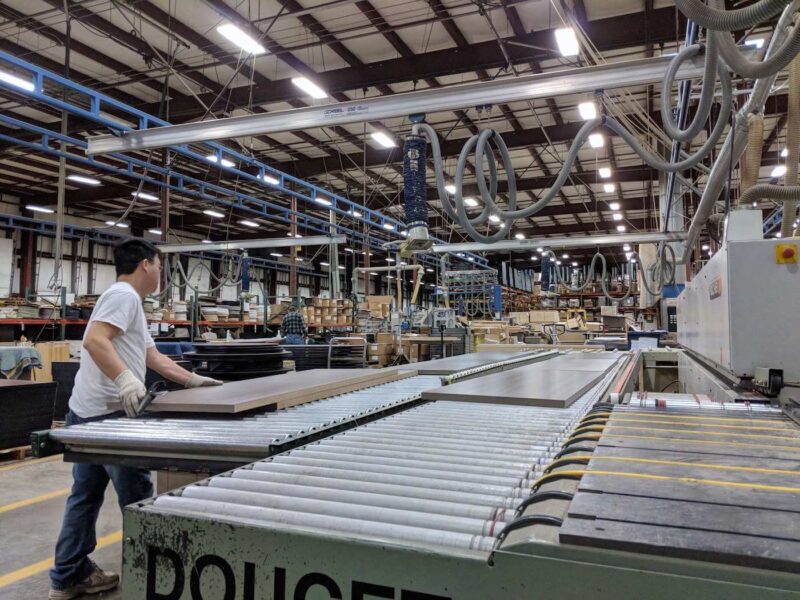
The February Roundup: Reframing Circular Business
The February Roundup: Reframing Circular Business
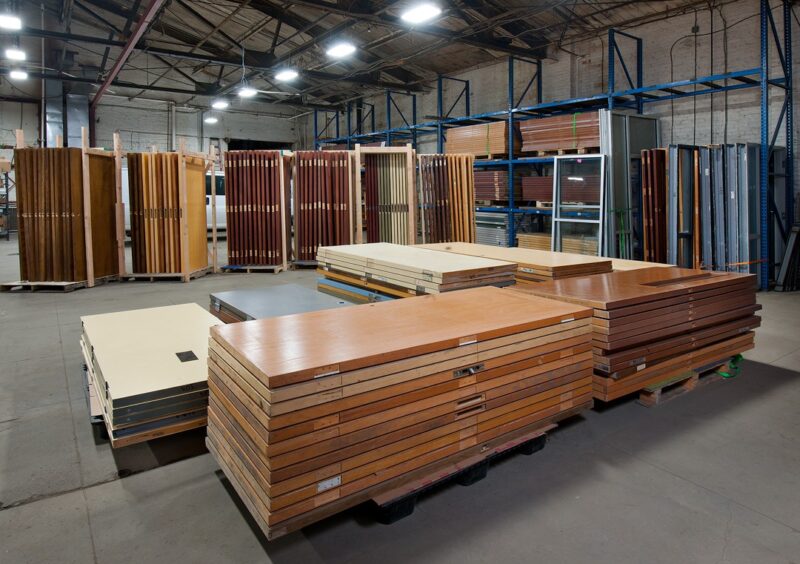
The January Roundup: These clocks don’t stop
The January Roundup: These clocks don’t stop














